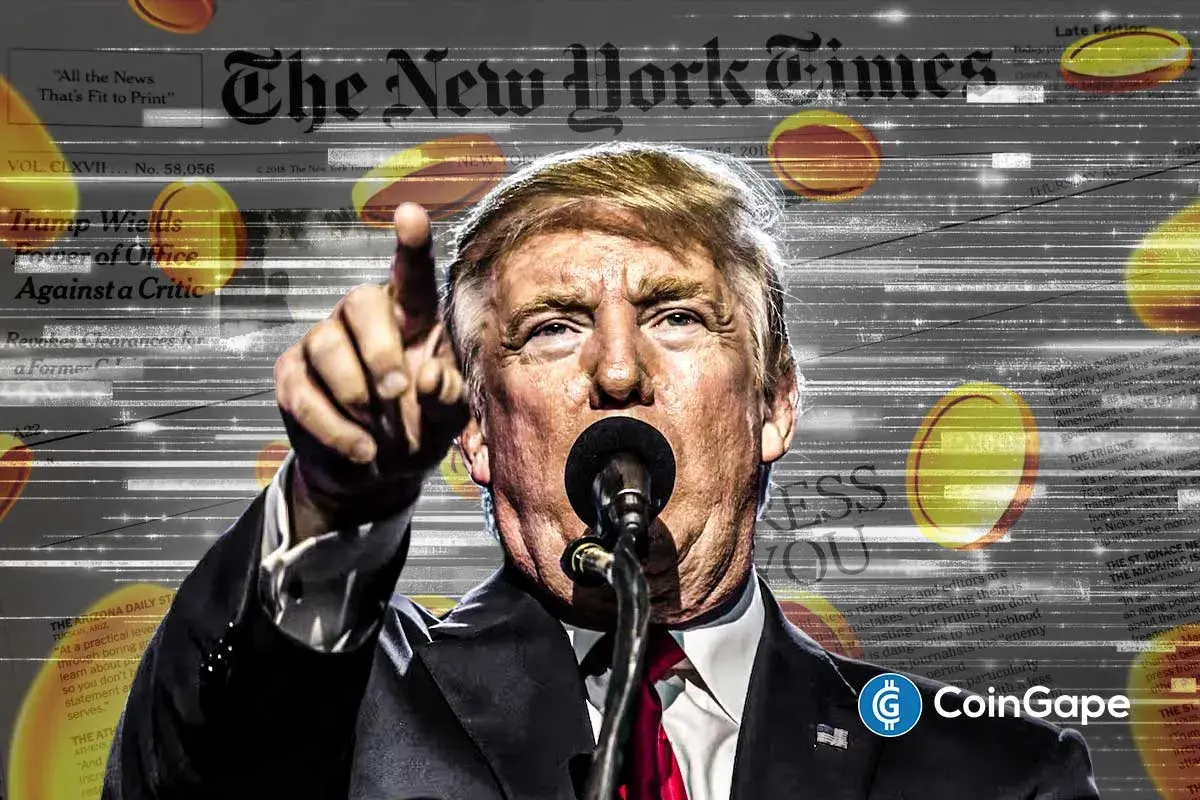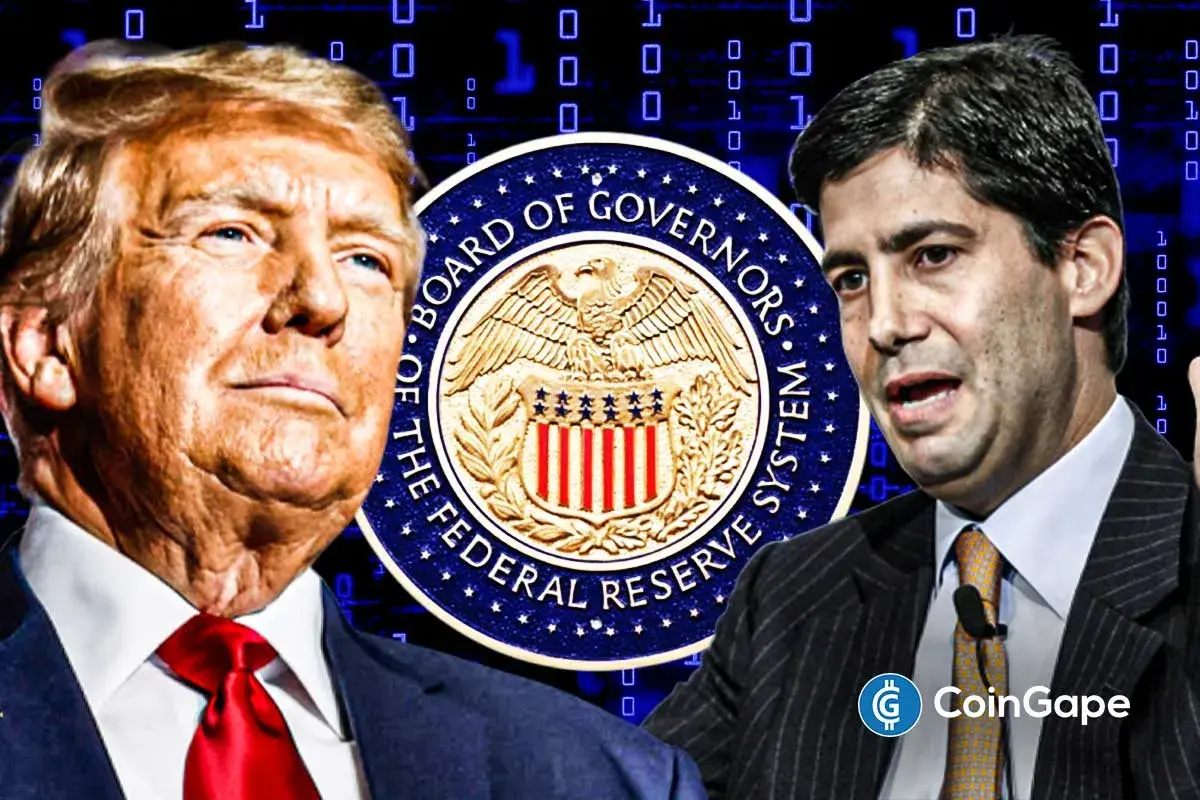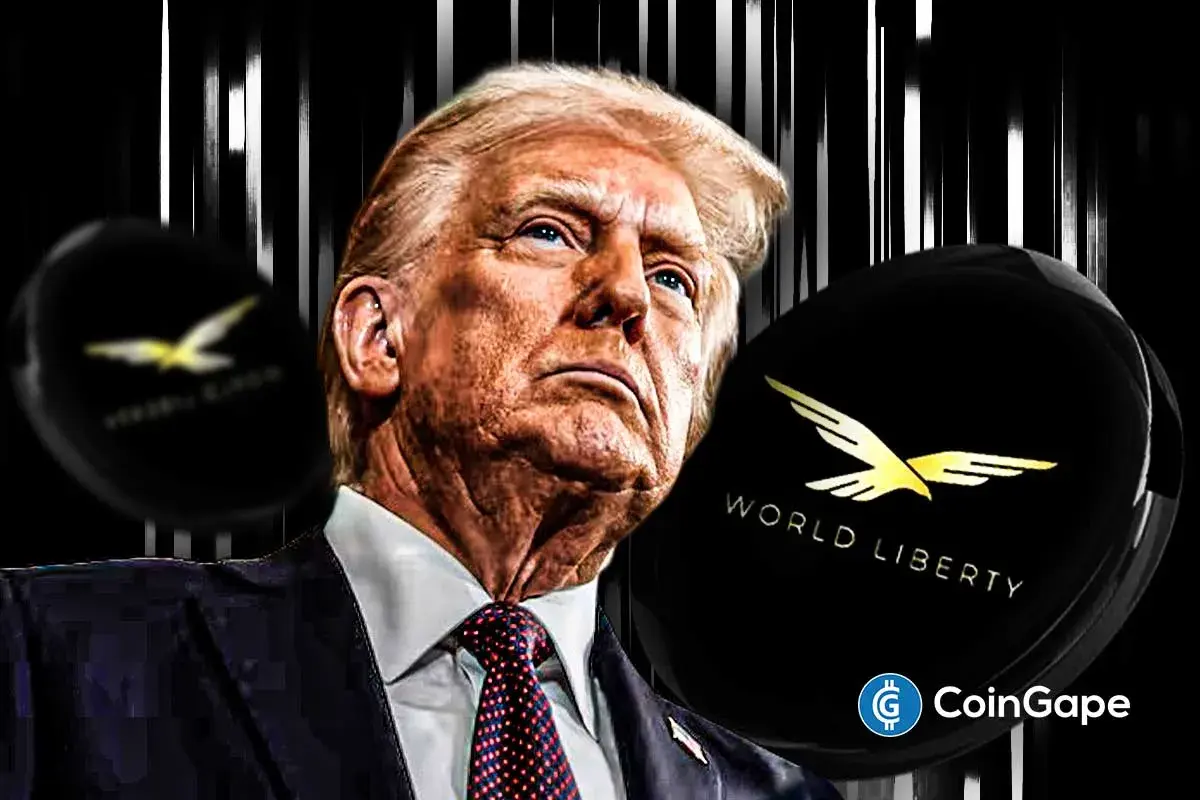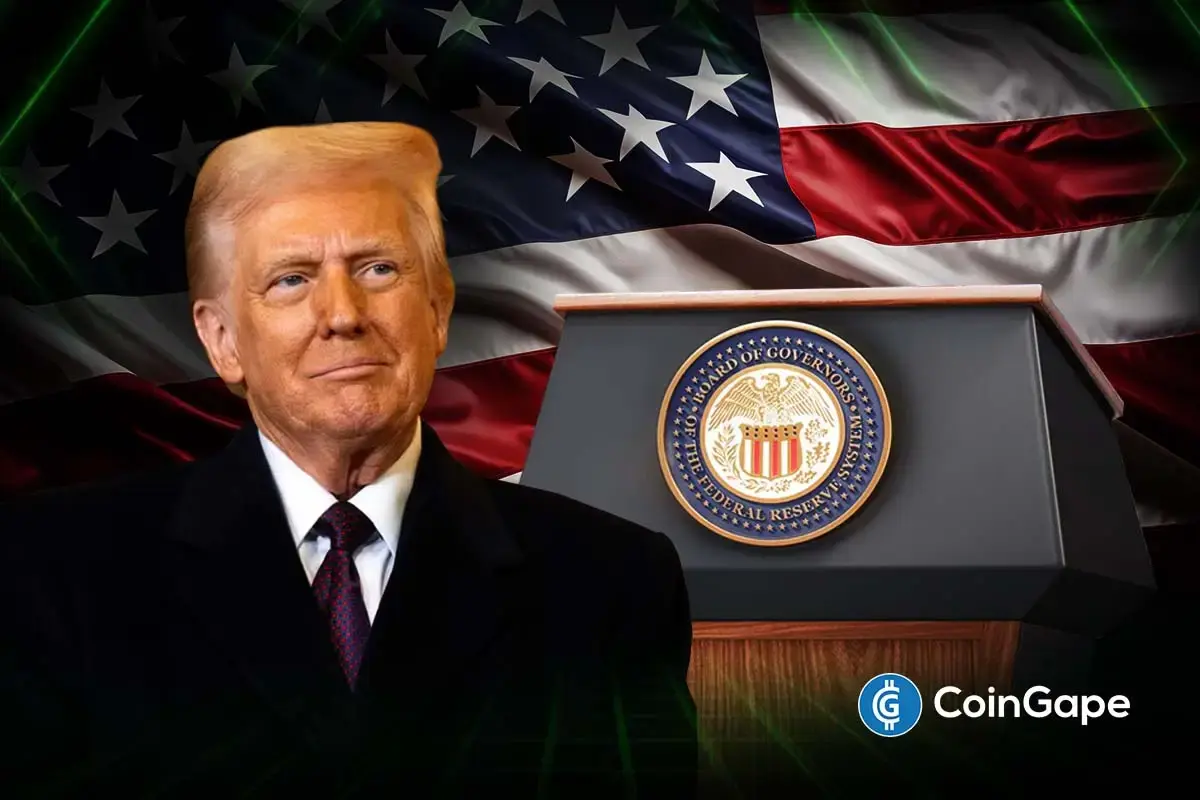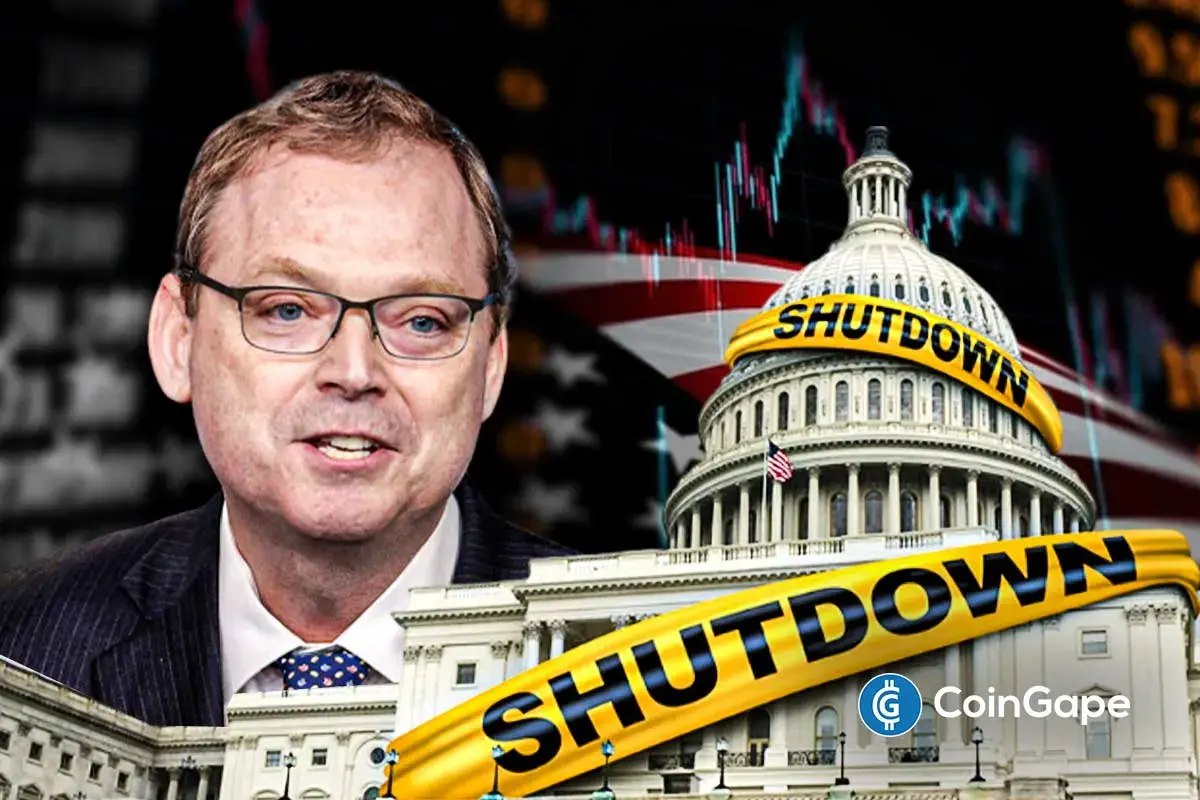U.S. Revises Trump Tariff Terms as Supreme Court Challenges China trade Deal

Highlights
- The U.S. government announced revisions to its trade agreement.
- It comes amid Supreme Court scrutiny over the legality of the China trade deal.
- The Supreme Court is reviewing whether the 1977 IEEPA gives the president authority to impose such tariffs.
The United States shared they had made some changes to the Trump Tariff. The move comes amid the U.S. Supreme Court raises questions about the China trade deal.
U.S Makes Positive Changes to Trade Agreement
In a White House release, the U.S shared a number of changes to the Trump Tariff structure. The biggest change is the suspension of the 24% reciprocal tariff rate until Nov 10, 2026, keeping the base at 10%. That is down from 34% average. It is also well below the 125% level from earlier in the year.
The administration has cut the tariff on goods from China that are linked to opioid precursors from 20% to 10%. This change is part of the ongoing efforts to address the fentanyl crisis. As a result, the overall tariff on Chinese imports in the U.S. is now about 47%. This is a drop from the 57% rate that was in place initially.
The new U.S.–China trade deal shows Donald Trump wants an end to the tensions. The terms provide that Beijing will waive some of its highest retaliatory tariffs for a year. This also while keeping a 13% tariff on U.S. soybean imports.
In return, China promised to purchase at least 12 million metric tons of U.S. soybeans before the end of 2025.
Beijing has further promised to come down on fentanyl precursor exports and lift restrictions on rare earth materials. The White House called the agreement a “massive victory for American workers and industries.”
Supreme Court Weighs Legality of Trump Tariff Framework
According to Reuters, the U.S. Supreme Court is hearing a case that could determine the future of the tariff system itself. During oral arguments, justices expressed skepticism about the president’s authority to impose such broad tariffs under the 1977 International Emergency Economic Powers Act. The act does not explicitly grant tariffs.
“Based on the questions asked, it seems like the IEEPA tariffs are in jeopardy,” said Damon Pike at the customs and trade services division of BDO USA.
Legal experts say that even should the court rule against the Trump Tariffs, the administration may use other trade laws to impose similar measures.
The uncertainty of the court’s ruling has already started rippling through financial prediction markets. CoinGape reported that Polymarket traders cut the odds of Trump winning in the case by nearly 30% in the aftermath of the hearing.
Despite this, U.S. Treasury Secretary Scott Bessent told reporters he remained “very, very optimistic” about a favorable outcome for the administration.
- Bipartisan Crypto Bill Talks Progress Even as Markup Is Delayed Until Next Year
- Bitcoin, Ethereum, and Solana to Hit New Highs in 2026, Predicts Crypto ETF Issuer Bitwise
- Fed’s Chris Waller Says Labor Market Is ‘Very Soft,’ Signaling Support for More Rate Cuts
- DeepSnitchAI Raising funds to Build AI Intelligence for Investors
- LINK Vs. XRP: Crypto Founder Lark Davis Reveals Who Will Win in the Next Decade
- Bitcoin Price Outlook: Capriole Founder Warns of a Drop Below $50K by 2028
- XRP Price Rare Pattern Points to a Surge to $3 as ETFs Cross $1B Milestone
- DOGE Whales Add 138M Coins in 24 Hours: Will Dogecoin Price Rebound Above $0.15?
- Ethereum Price Outlook Hinges on Whale Moves: Dump Below $2,800 or Reclaim Above $3K Next?
- Solana Price Outlook After Charles Schwab Adds SOL Futures — What Next?
- Pi Network Stares at a 20% Crash as Whale Buying Pauses and Demand Dries





